ACEROLA
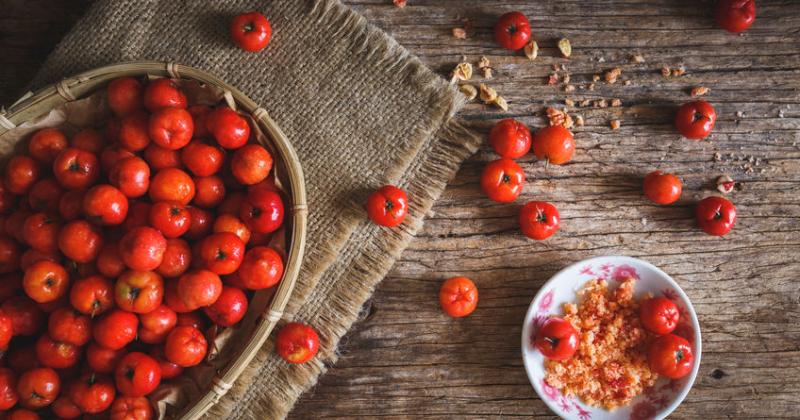 />
/>
Acerola is an evergreen tropical plant. It`s a large, dense bush or low tree, from 4 to 6 metres height and grows about the same in width. Numerous tree bodies are thin and look like reeds. The fruit is round or oval, looks like a cherry, but closer to citrus due to its properties. read more ›
ULTIMATE GUIDE TO MACA ROOT
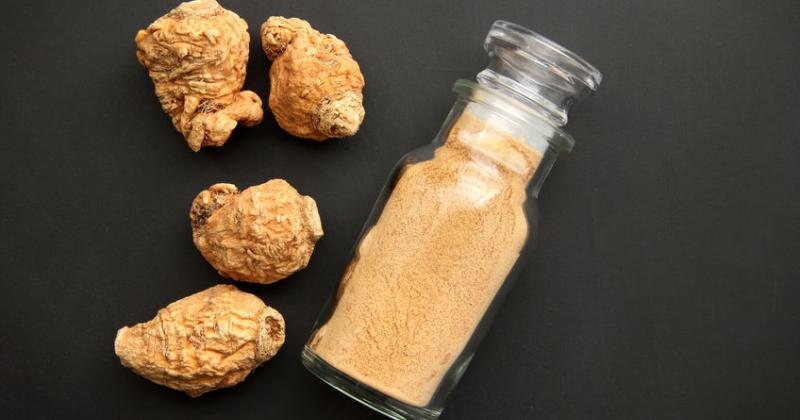 />
/>
Maca Root is a biennial herbaceous plant of the genus Lepidium. It has an edible pear-shaped root. It is usually of yellow, purple or black color. The root reaches weight up to 1 kg. Maca Root has thick pinnately-divided leaves and little flowers, gathered in racemous flower head. The seeds of the plant are tiny, ovate and are of red-gray color. read more ›
DANDELION WORKS ITS MAGIC
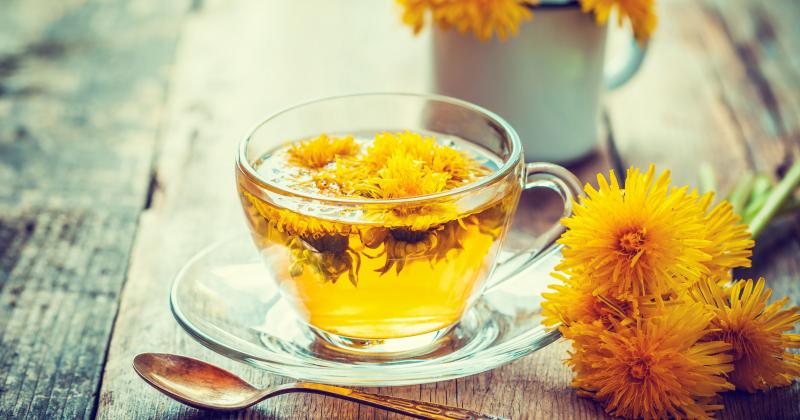 />
/>
This sunny flower was brought to America as a food crop. Now it is assimilated throughout Southern Africa, North and South America, Australia, New Zealand, India. It can be found in all 50 states and most Canadian provinces. read more ›
KEEP CALM AND EAT WILD STRAWBERRIES
 />
/>
The leaves of the plant contain B vitamins, ascorbic acid, carotenoids, organic acids (citric, quinic, malic), sugars, traces of essential oils, flavonoids in an amount up to 2% (mostly rutin), tannins (up to 9%), salt iron, manganese, cobalt, phosphorus. Fruits contain, in addition, folic acid, pectic substances. read more ›
NO MUD, NO LOTUS
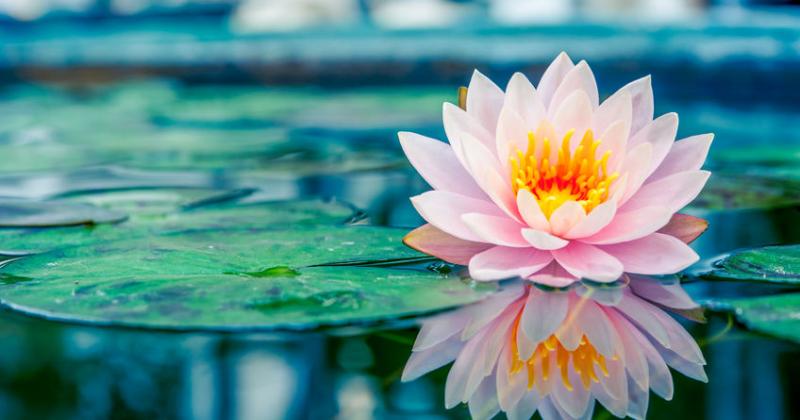 />
/>
A large number of active substances stipulates useful properties of this flower. The leaves of the plant contain flavonoids, leucoanthocyanidins and alkaloids; rhizomes are rich in tannins, starch, resin, and rubber and vitamin C are present in all parts of the lotus. read more ›
GINKGO BILOBA
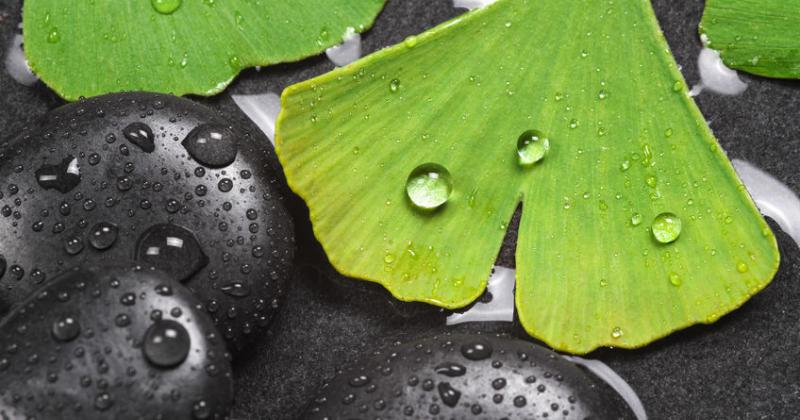 />
/>
Ginkgo trees usually reach a height of 20-35 meters. Ginkgo biloba has a superbly developed root system. The branches are naked and long, with bundles of leaves on top. Young trees are elongated and slender, with a wide-pyramidal crown. Over the years, the ginkgo crown grows, and its apex dulls. read more ›
LYCHEE
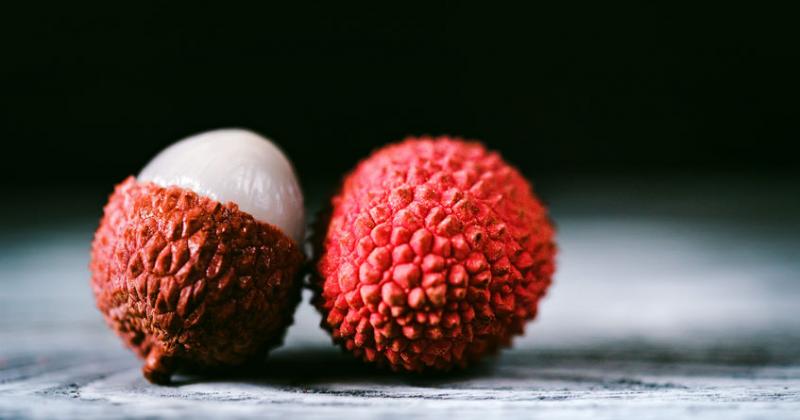 />
/>
Lychee is an evergreen tree 10-30 m high (usually up to 15 m) with spreading crown. Leaves are compound, paripinnate, consist of four to eight leaflets. The leaf blade is smooth-margin, glistening on top, dark green, and below is grayish green. Flowers are without petals, with a yellowish or greenish calyx, are collected in lush umbellate inflorescences up to 70 cm long. Fruits are oval, 2.5-4 cm long. Their rind is red, covered with numerous acuminate tips. Light jelly pulp easily separates from the peel, has a sweet taste with a slight wine tinge. read more ›
CHINESE YAM
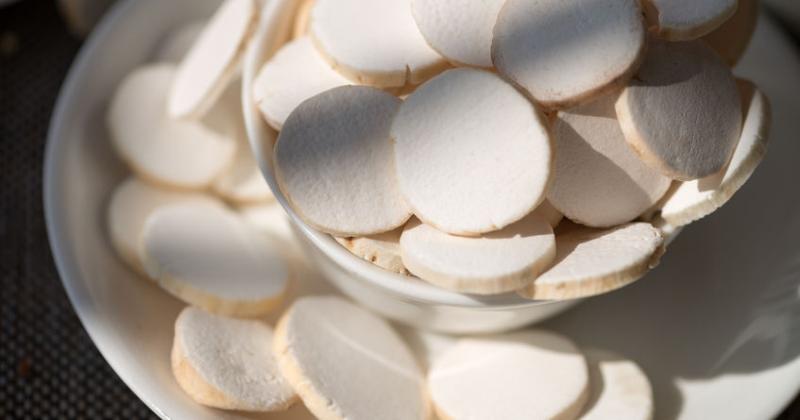 />
/>
Dioscorea Opposita is an ancient cultural plant of China and Japan. The roots are 60-100 cm long, deep in the ground. The stem is more or less angular, sometimes convolute, up to 9 m high, usually with a purple tone, with globular tubers in the axils of the leaves. Leaves are opposite, 4-7 cm long, ovate or triangular. Flowers are white, in solitary or paired axillary racemes, with a scent of cinnamon. read more ›
LARGEHEAD ATRACTYLODES
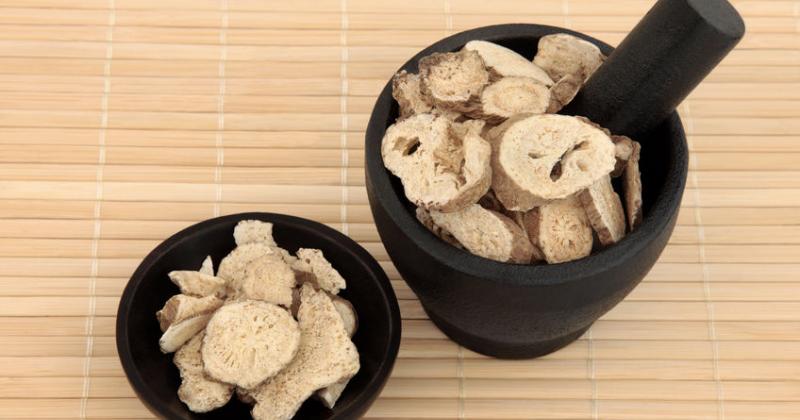 />
/>
Atractylodes Macrocephala is a perennial herbaceous plant 30-50 cm high with a thickened fleshy tuberous rhizome. Leaves are alternate, petiolate, dissected into 3 lanceolate segments, upper ones are lanceolate, entire; at the edge are serrate-dentate. Inflorescences are single baskets. Flowers are small, tubular, white in the lower part and light purple in the upper part. Fruit is seed, almost spherical. read more ›
STEPHANIA TETRANDRA
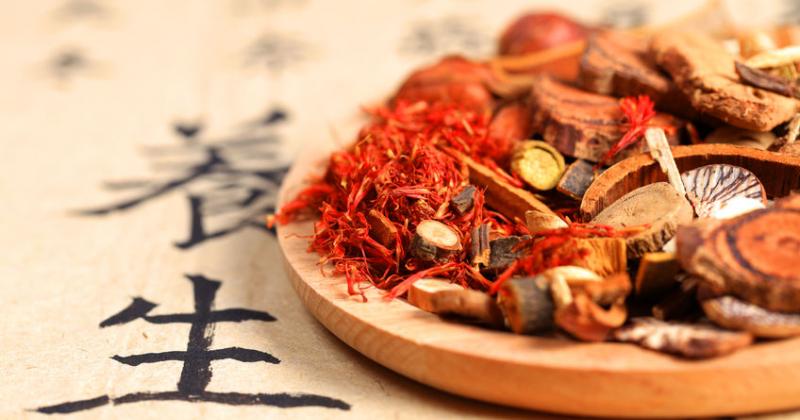 />
/>
Stephania Tetrandra is an herbaceous vine in Menispermaceae family. This plant is 1-3 m high with fleshy, cylindrical root. The foliage is dense. Leaves are narrow-thyroid, broad-triangular or triangular, pubescent (on both sides or only from the upper), acuminate. Flowers are dioecious, five-petalled, collected in the head inflorescence. There are four sepals (sometimes five), five petals, four stamens in male flowers. Fruit is a drupe; ripe fruit is of red color, almost spherical in shape. read more ›
PINE POLLEN
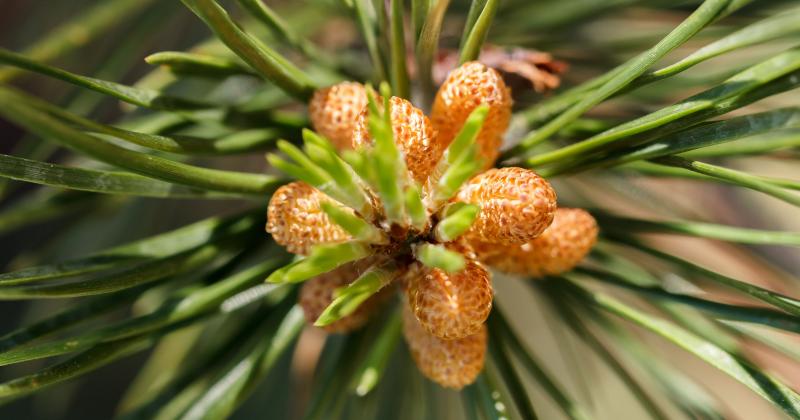 />
/>
Pinus Sylvestris is an evergreen coniferous tree up to 40 m high. The bark is red-brown, nearer to the apex is brown-yellow. Needles are 5-7 cm long. read more ›
SEA BUCKTHORN IS THE GOLDEN BERRY
 />
/>
Multiple deciduous shrub, rarely a tree, whose height usually reaches 1-3 m, and sometimes 3-6 m, up to 15 m. Young shoots are silvery, pubescent; perennial - covered with dark brown, almost black bark. Short shoots are with numerous long spines. Shoots of different ages create a rounded, pyramidal or spreading crown. read more ›
REHMANNIA GLUTINOSA
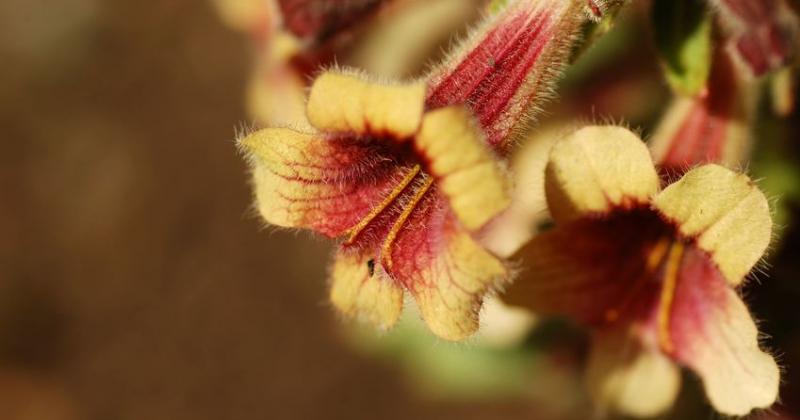 />
/>
Rehmannia Glutinosa is a perennial herbaceous plant up to 10-30 cm high. The whole plant is pubescent with soft gray-white hairs. The roots are fleshy, spindle-shaped, tuber-shaped, thickened, with a light crust. Stems are straight, almost leafless. The leaves are elongated-obovate, wrinkled, collected in a basal rosette. Flowers are large, funnel-shaped, almost white, purple-violet in the pharynx, collected in a rare apical raceme. The corolla tube is curved, the calyx is cherry-red, longitudinal-furrowed. Fruits are egg-shaped boxes with numerous small seeds. Blooms in March-May. read more ›
RHODIOLA ROSEA
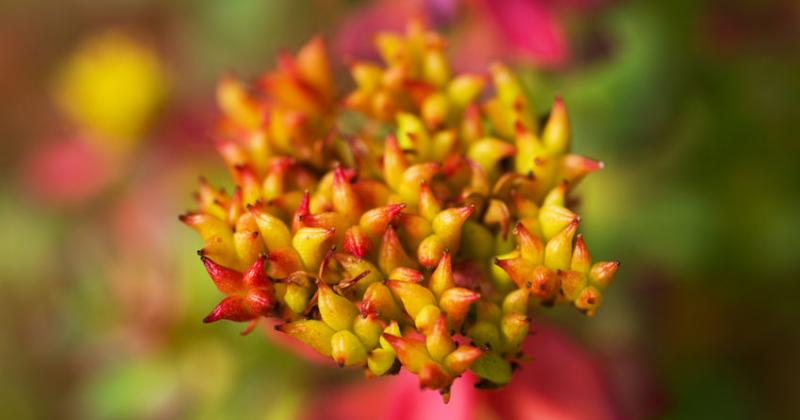 />
/>
Rhodiola Rosea is a perennial succulent dioecious herbaceous plant with a powerful horizontal rhizome and tender additional roots. Leaves are sessile, alternate, oblong-ovate, elliptical or pointed, plain or serrate-dentate in the upper part. Inflorescence is corymbous, multiflorous. Flowers are yellow, same-sex, four-, rarely five-membered. Fruits are erect and greenish. The flowering time is June-July, the ripening of fruits takes place in July-August. read more ›
WAX GOURD
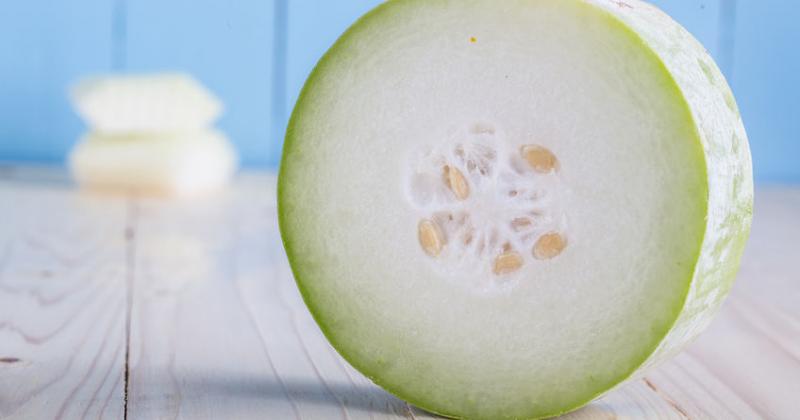 />
/>
Benincasa hispida is a grassy vine in the Cucurbitaceae family. Initially, the plant was cultivated only in the countries of South-East Asia, then it has widely spread in the countries of South and East Asia. The fruits of the wax pumpkin have medicinal properties and are widely used in folk medicine, for example, in China. read more ›
CORDYCEPS
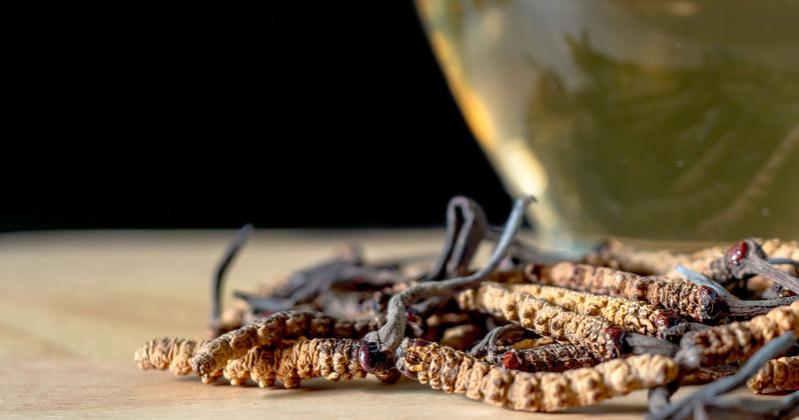 />
/>
Cordyceps Sinensis is a species of fungi from the Ophiocordycipitaceae family. It acts as a parasite and grows on insects. In the warm season, the cordyceps spore penetrates into the larva of one of the butterfly species (Hepialus armoricanus), with the onset of vegetation, this spore is transformed into a root. read more ›
AMERICAN GINSENG
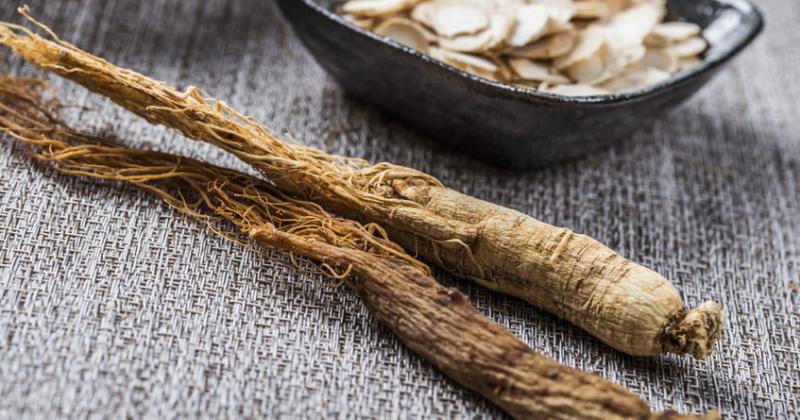 />
/>
Panax Quinquefolius grows in the mountains in the northeast of America and Canada. It has a small rounded shape. It is grown for commercial purposes, therefore wild-growing roots are highly valued and are more expensive. Panax Quinquefolius is the only species of ginseng, which has cooling properties. read more ›
GENTIANAE
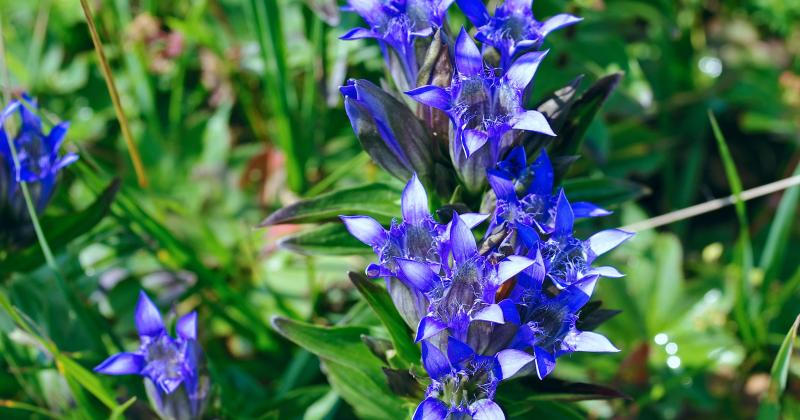 />
/>
Gentianae Macrophyllae is a perennial herbaceous plant with a thick rhizome and rosette of large basal leaves. Flowers are dark blue, collected in whorls, located on the top of the stem and in the sinuses of the upper leaves. Blossoms from the middle of June to the middle of August. read more ›
WHITE FUNGUS
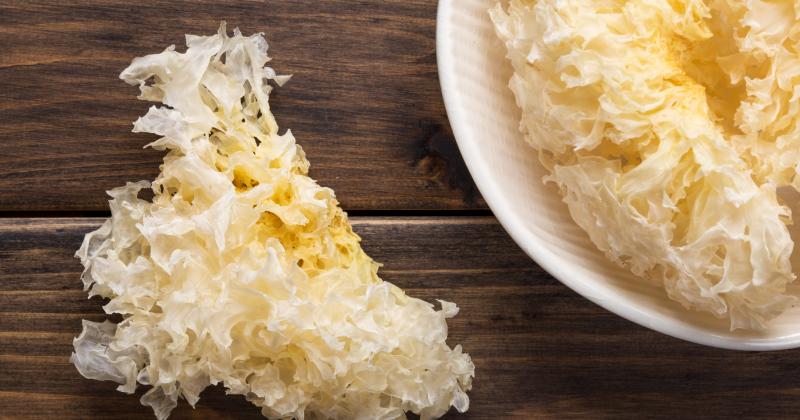 />
/>
Tremella Fuciformis contains 70% of dietary fiber, protein, carbohydrates, fats, fiber, proteins, 18 valuable amino acids (including alanine, valine, tyrosine, proline, spermine, lysine, glycine, serine, glutamic acid, asparagine, cystine, histidine, methionine), minerals and plant glycogen (trehalose, mannitol and pentosan). The mushroom also contains a large amount of calcium, phosphorus, potassium, iron, magnesium, sodium, sulfur, and a small amount of B vitamins. read more ›
MOUTHWATERING AND DELICIOUS MANDARIN
 />
/>
A tree of small size, usually not exceeding 4 m in height; By the age of 30, however, can reach a five-meter height. Young shoots are dark green. The leaves are relatively small, ovoid or elliptical. The flowers are single or double in the axils of the leaves. Petals are matte-white, stamens are mostly with underdeveloped anthers and pollen. read more ›
